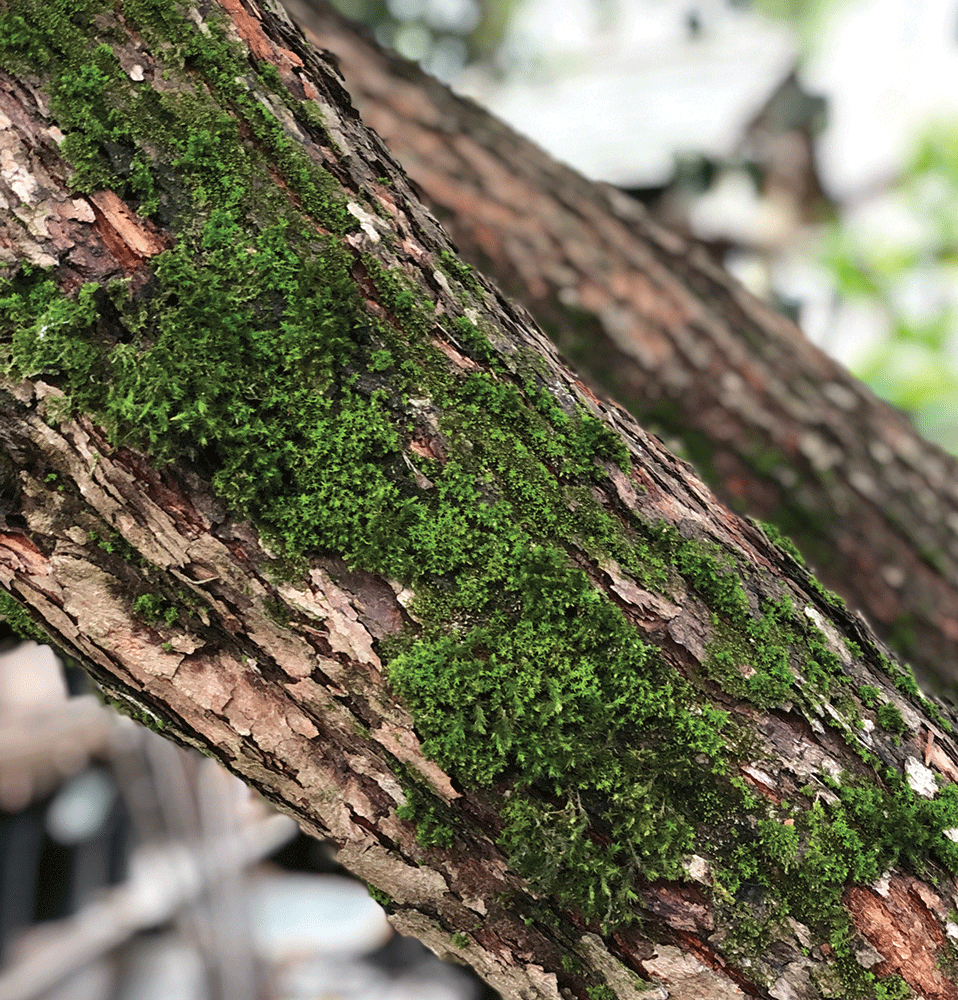EDITOR’S NOTE

I’ve interviewed many of my favorite (and least favorite!) musicians over the years, and I can attest that sometimes the best profile subjects turn out to be not the most famous ones, but the ones that should have been more famous—that history somehow let get away. The cult figures and the trailblazers who never got the appreciation they deserved. That’s probably why, despite the fact that talking to Lou Reed and Patti Smith were bigger moments for me personally, my favorite musician profile I’ve ever done will probably always be the one I wrote about San Jose’s Legendary Stardust Cowboy a decade ago. His history had never really been told—but deserved to be.
It’s the same reason that I think Christina Waters’ cover story this week on Terry Riley is so important. He may not be as famous as Philip Glass (who we’ve also interviewed in GT) or Brian Eno, but his compositions in the 1960s were just as groundbreaking. It’s nice to see his work celebrated by New Music Works at their Feb. 2 concert—really, would you expect any less from Santa Cruz County’s new music maniacs?—and it’s a great opportunity to give his story the attention it deserves.
STEVE PALOPOLI | EDITOR
LETTERS TO THE EDITOR
Read the latest letters to the editor here.
Got Milkweed?
We must take issue with the advice given by Priyanka Runwal of UCSC regarding planting milkweed to help the Monarch butterflies (GT, 1/2). According to a Santa Cruz Sentinel article published on September 27, there were more than 10 million Monarch butterflies wintering in California in 1980. That number “plummeted to about 147,000 in the fall of 2017—fewer than used to flock to Natural Bridges State Beach alone in the 1980s.” Only 9,000 butterflies were counted at Natural Bridges last year. This year, there were 1,000. The same article attributes this precipitous drop in the western Monarch population to loss of milkweed due to settlement, agriculture and climate change.
This is not the first time I have heard a UCSC entomologist advise us not to plant non-native species of milkweed due to the possibility of disrupting the insects’ migration patterns. This advice, if taken, will ensure the destruction of the species. When the western Monarch is extinct, shall we be comforted by the fact that we did nothing that might disturb their migration patterns?
For several years now, my wife and I have planted whatever species of milkweed we could obtain from local nurseries and online seed vendors to attract the butterflies and capture Monarch caterpillars for our hatchery. The hatchery consists of a small glass cage with a door and a jar full of milkweed cuttings. When ready, the caterpillars climb to the top of the cage and form chrysalis. After about 10 days, they hatch into adults. Over the last three seasons, we have hatched and released over 700 Monarchs.
Most of this breeding activity occurs in the summer. The plants go to seed in the fall, when we collect the seeds and cut back the plants. We have not observed parasites passed from the plants, but it is important to protect the hatchery from flies. Ladybugs released by well-meaning gardeners have also been problem, as they eat the Monarch larvae. When we have seen any sign of disease (which, in our experience, almost always affects the chrysalis), we sterilize the hatchery, destroy the milkweed cuttings, and start anew. We never use any pesticides. A monarch caterpillar has about a 3 percent chance of becoming an adult butterfly in the wild. In our hatchery, the result is well over 90 percent.
Raising Monarchs is very easy to do and a delight to watch. Children are captivated by the experience and readily become active participants in caterpillar collection. With regular attention, we are hatching 250 butterflies per year, and our backyard paradise is visited daily by butterflies, bees and dozens of species of birds, depending on weather and the season.
David and Janell Emberson
Santa Cruz
A Sardonic Proposal
Hear, hear, James S., for your compassionate solution re: the couple who’ve come to Santa Cruz for a fresh start (GT, 1/9). Are they kidding? Come to our lovely town where Mother Nature regularly smiles down upon us truly deserving citizens? Where most folks are generally open and inviting? What’ve they been smoking? They need to head to an urban jungle somewhere, where they’ll be made to feel like the losers they are, and be able to face the hard reality of a truly solipsistic existence … like James has so masterfully accomplished! Problem solved!
Russ Lake
Santa Cruz
PHOTO CONTEST WINNER

Submit to ph****@go*******.sc. Include information (location, etc.) and your name. Photos may be cropped. Preferably, photos should be 4 inches by 4 inches and minimum 250dpi.
GOOD IDEA
The county of Santa Cruz is advising local CalFresh recipients that, due to the federal government shutdown, most holders of Electronic Benefits Transfer (EBT) cards will see an early issuance of February benefits beginning Jan. 16. There will be no additional benefits issued during the month of February. Families and individuals receiving early CalFresh benefits should plan their food budgets knowing these will be the only benefits provided through the end of February.
GOOD WORK
New Leaf Community Markets announced last year that the company will increase its starting pay to $15 an hour. These higher wages at Santa Cruz’s New Leaf, which was purchased by the Portland grocery chain New Seasons in 2015, will take effect at the start of February—as part of a multi-year strategy, according to a company press release.
QUOTE OF THE WEEK
“Heard melodies are sweet, but those unheard are sweeter.”
-Keats















Thank you, Good Times, for publishing information about Monarch butterflies and caterpillars from Priyanka Runwall of UCSC and from Santa Cruz couple David and Janell Emberson. There is currently a dilemma and a controversy illustrated by the the different approaches of Runwall and the Embersons.
Runwall advised against disrupting the butterflies’ migration pattern by raising them here, whereas the Embersons pointed out that Monarchs’ numbers are rapidly plummeting, and they believe their activities raising them inside their home is beneficial. The couple check the chrysalids and caterpillars for signs of fly and wasp parasites. That is good as far as it goes, and the Embersons’ practice of cutting back their milkweed in the winter months is also standard recommended procedure to avoid possible interruption of the migration cycle.
But besides infection with fly and wasp parasites, there is another disease called OE (Ophryocystis elektroscirrha) which affects many Monarchs raised in Santa Cruz. OE can be present in a newly emerged apparently healthy Monarch, and this parasite is visible only under a microscope from a specimen taken from the adult Monarch butterfly. Checking for this parasite after the butterfly emerges from chrysalis is the only way for those who raise Monarchs to insure that they do not release butterflies to spread the disease in the wild.
Those who do raise Monarchs in their homes or gardens here in Santa Cruz should know that because most milkweed we have here is the non-native tropical kind, it does not shed its leaves in winter, making it more likely to harbor the OE parasite and to infect the butterflies. You can bring home-raised Monarch caterpillars or butterflies to Natural Bridges State Beach Visitor Center, where the naturalists will test them for OE. The phone # is 831-423-4609; address 2531 West Cliff.